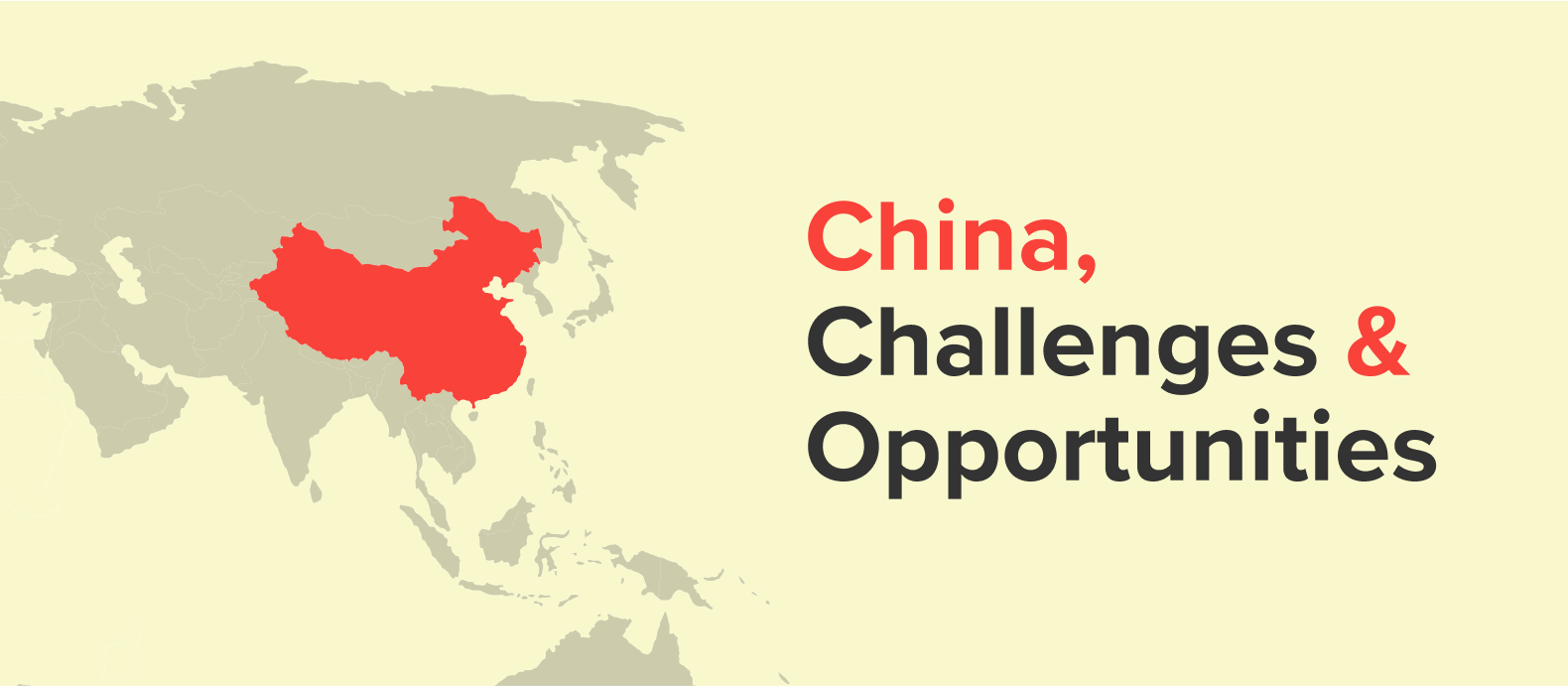Outsourcing manufacturing in China can help your brand level up quicker and grow to new levels. But it’s important to understand the pros and cons of manufacturing in China before you decide to take the plunge.
The upsides include cheaper production cost, faster production, international expansion, and service quality. Downsides include communication difficulties, IP risk, high order minimums, complex logistics, and quality control issues.
Summary
- Manufacturing in China can be advantageous for many businesses
- Companies should consider the downsides before jumping into an agreement
- Businesses also need to take care to safeguard their IP
Pro: Lower production costs
One of the most well-known advantages of manufacturing in China is that it’s cheaper than making goods in many other countries. Lower Chinese manufacturing costs translate into better margins and lower prices for the end user. Your brand’s gross profit can increase with the lower cost of production.
When your products compete against others on the physical or digital shelf, a lower price can persuade many people to buy. Even factoring in shipping costs, it’s still usually cheaper to manufacture in China.
Pro: Faster production and scalability
Improving your speed to market can help your company maintain a competitive advantage. There’s no other place on earth with so many factories (and workers) ready to prototype and produce new products at the drop of a hat.
You can also increase your production volume output to meet demand easily. For example, if your product is showcased on a popular shopping website, you can scale up production to cover a deluge of new orders without disappointing customers.
Pro: International expansion
The Asian market is growing rapidly. If you want to expand and offer products to buyers in Asian markets, what better way than doing business in China by starting your manufacturing operations there? When done correctly, Chinese market expansion can multiply opportunities for companies. The logistics of introducing products into China and other Asian nations are also streamlined when you use Chinese factories.
Pro: Service for smaller brands
Many manufacturers in the United States simply prefer to work with brands that have secured large distribution contracts or that have viral followings. In reality, not every business wins Shark Tank. It can be hard for smaller companies or conceptual products to get attention from stateside manufacturers.
Chinese manufacturers, on the other hand, are often very willing to work with small and unknown companies, as long as order minimums are met. You don’t have to have a brand like Nike to get good service from a Chinese manufacturer.
Con: Communication difficulties
On a basic level, difficulties can come from the language barrier. Chinese is a hard language to learn for many westerners, and it’s not a language you can just pick up from airport pamphlets. Manufacturing partners usually have some level of English, but it’s not good to rely on that for agreeing on complex manufacturing contracts. Using a translator can be indispensable.
Con: Intellectual property risks
Another issue to be aware of is intellectual property in China. The country has made improvements in recent years, but some issues remain. Factories still exist that would like to steal your company’s IP and either copy or slightly modify your product and then compete with you.
Companies should register their trademarks with the Chinese Trademark Office in both domestic and Chinese language spellings. They should also invest in IP protection tools to monitor possible infringements. Intellectual property protection costs far outweigh the risks of losing reputation, revenue, and customers to fakes or companies that have stolen your designs.
Con: High minimum order quantities
Another downside of working with the Chinese manufacturing industry is that factories can have high order minimums. This is because they often have slim margins and rely on economies of scale. You may have to look elsewhere if you want one-off or small productions.
Con: Complex logistics
While the landed cost of an item made in China and shipped to the US can often be cheaper than a domestic product, you still have to deal with more complex logistics. Products can take a long time to get to the end user—up to 30 days by sea. You may want to have a distribution hub on home soil, but that adds to your cost.
Also, if you sell out of a certain item, your next shipment may be 30 days out. That can be disappointing for customers. You can always ship items by air from China, but you’ll have to figure out the cost on that as well.
Con: Quality control issues
The “Made in China” label has had negative connotations in the past. Many people are familiar with inferior counterfeits that represent a shell of the original product and fall apart upon use. However, you can find high-quality manufacturers in China today.
The key is to enforce quality standards at each point in the manufacturing process and not to assume that the first product run will be exactly like the prototype. Also, some product categories may be more prone to quality issues than others. It’s a good idea to work with an agent in China who will monitor quality control.
Conclusion
Deciding whether or not to move manufacturing to China takes careful consideration. Manufacturing needs are different for every company, and it always pays to hire a professional domestic agent who has experience and can help you avoid pitfalls and horror stories.
It’s essential to create detailed manufacturing contracts to avoid intellectual property issues, as well. Once your company is selling products, you can keep an eye on your IP with a brand protection software like Red Points. Our platform uses AI to uncover and take down threats so you can reap the benefits of manufacturing in China. Download our product guide to see how.







